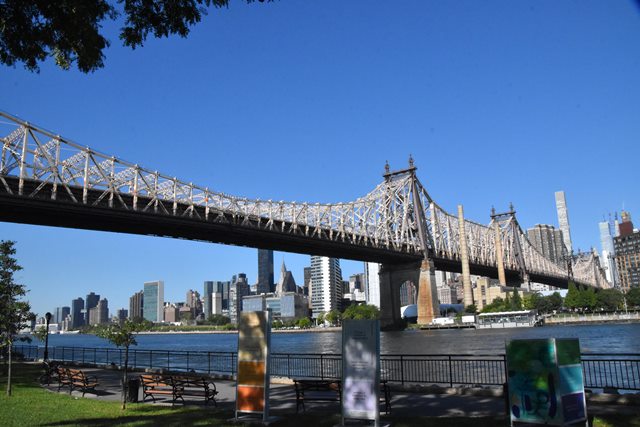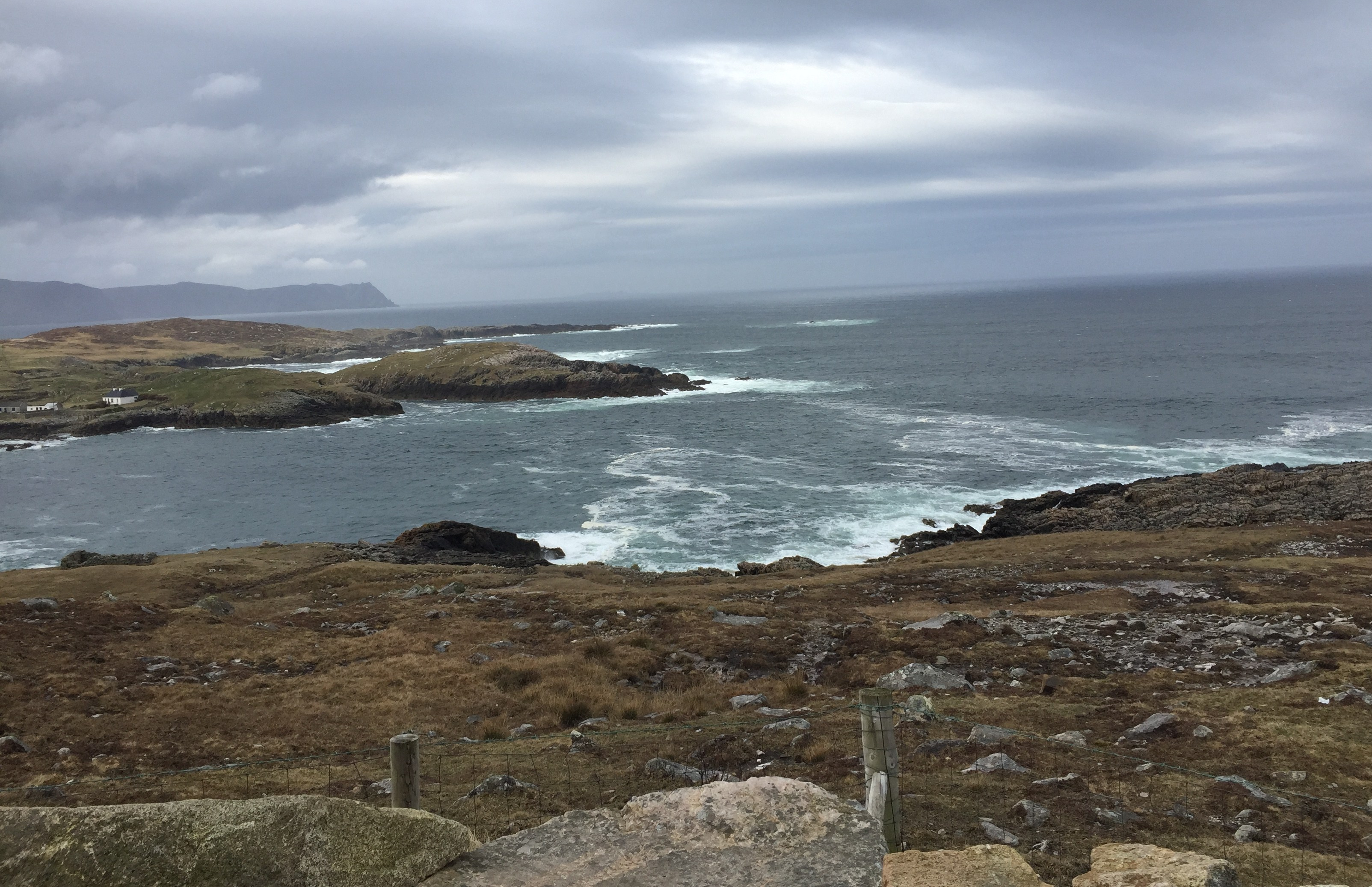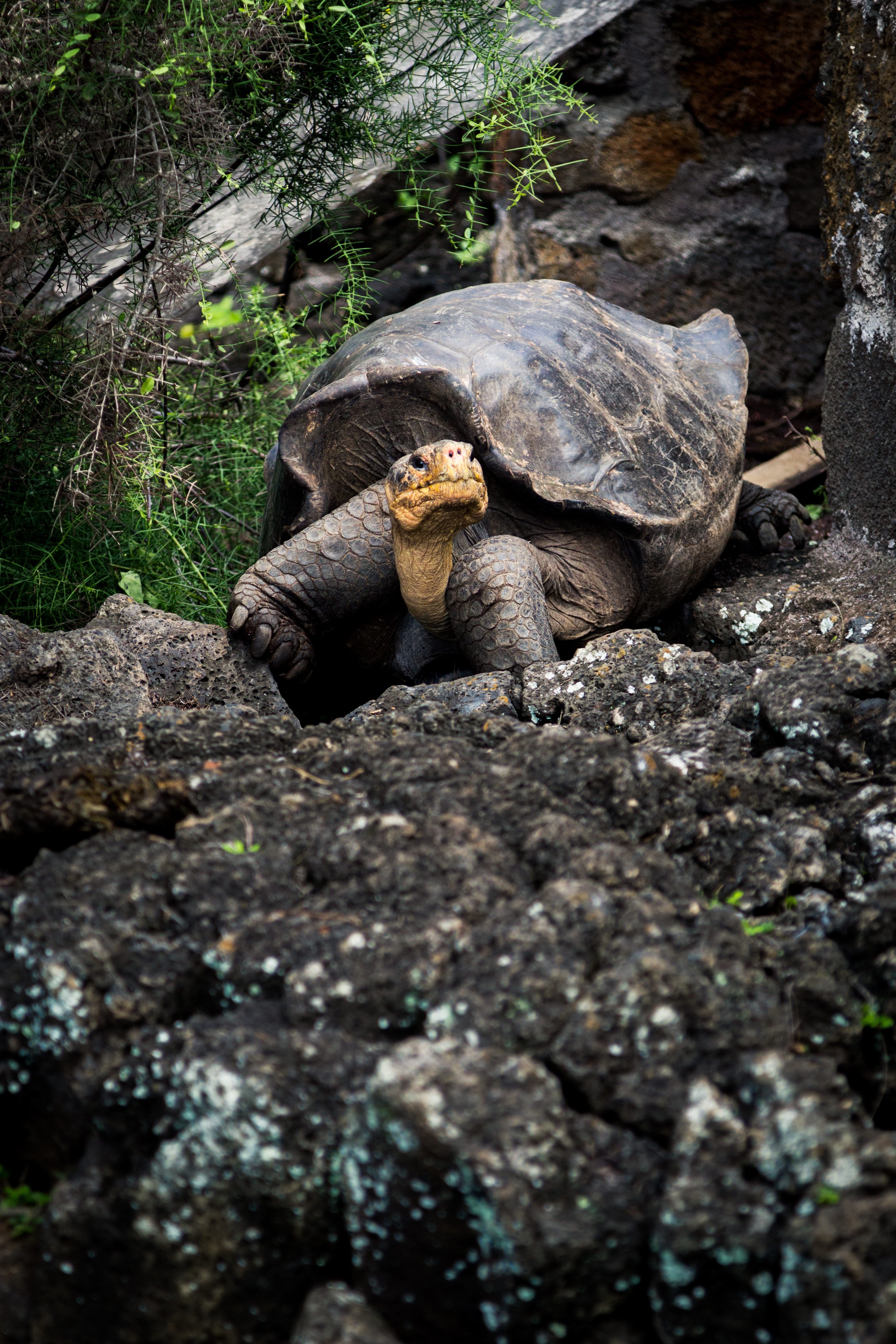
Almost forty years ago, I moved from my hometown in Waterford, Michigan, to Charlottesville, Virginia, to pursue a Master of Education degree in Secondary English Education. The underlying reasons for the move at that time were twofold. After two years of working a job to pay student loans while writing fiction in my “spare time,” I realized I needed a better fit for my day job. I had already received a Master in Writing from a reputable university, but I found that my job in a stock brokerage office took me further away from my goal of writing. If I pursued the education degree, which contained within in it a teacher certification piece, something I’d neglected to pursue with my undergraduate degree in English, I might find that magical day job; I’d always enjoyed teaching.
My other reason for the move involved the location and my relationship to the man who eventually became my husband. I wanted for the two of us to live in the same city in separate lodgings to see if we had the kind of compatibility that a marriage would require. We would both be in graduate school at the same time, though he had a head start, having moved to study at the University of Virginia a year earlier.
During my first semester in my program, I fell in love with my course in Adolescent Literature. One of the course requirements was to read a certain number of books and journal about them. I can’t recall the number – fifteen or twenty. We could read anything we wanted, if the book could be deemed appropriately as appealing to young adults. For one of my selections, I chose Carson McCullers’ A Member of the Wedding – I’d had exposure to some of her short stories in high school. I remember reading the novel in my bedroom apartment on Stribling Avenue in Charlottesville, trying to get a feel for the adolescent main character, fascinated by how the novel evolved. The novel was set in the South, and I was living in the South for the first time, looking out my apartment window at the lush foliage.
The experience of reading that McCullers’ novel reminded me of how I’d loved a short story of hers at some point earlier in my life. In “A Tree. A Rock. A Cloud.,” an adolescent paper boy meets a man in a streetcar café one day, a man who is trying to recover from his past, having lost a woman whom he’d cared about deeply. The patrons of the café and the owner himself view the man as a potential “drunk” or someone suffering from an instability. Shortly after the paper boy enters, the man tells him that he loves him and explains that he is learning to love the world one item or person at a time. Perhaps if he practices that act, he can learn to live and love again.
The tone in the story is not unlike that in Hemingway’s often anthologized story, “A Clean, Well-Lighted Place.” Both McCullers and Hemingway write about people searching for explanations, people who want answers. They want to know how to exist in the world with purpose; sometimes they want to understand how their lives turned out the way they did.
I’ve gleaned from what I’ve read in the intervening years that Carson McCullers’ life was challenging at times. While readers, critics, and other authors praised her writing and considered her a truly gifted writer when her work emerged, her friendships, while rewarding, were complicated. She married a man, struggled with the marriage, which ended in divorce, and later remarried the man, who committed suicide some years later. She had lesbian lovers as well, though she reportedly never embraced her identity as a lesbian, even though she wrote honestly about the complications of sexual orientation. She suffered from rheumatic fever early in life and later died young because of the lingering effects of the resulting rheumatic heart disease.
Thus, it seems clear that McCullers knew, experienced, and sometimes even embraced the complications and complexities of life.
I still hold on tightly to what I learned from “A Tree. A Rock. A Cloud.” I’ve applied the knowledge I gained from that reading experience to my life with stage IV lung cancer for over nine years. There are complications and complexities in my life. Deteriorations. When cancer is not in remission but dwelling in an odd sort of abeyance, a hidden suspended animation, there are breakthrough events requiring treatments, in addition to the daily dose of the oral targeted therapy drug I take each day. You live your life in as normal a way as possible, with infirmities. You deal with COVID-19, adjusting as well as possible to the reality of the mounting deaths.
Yet it’s hard to make plans for the future. For me, it’s hard, during any given year or on any given day, to determine whether I’m actively living or dying. That’s why I latch onto the serious mission of the struggling man in “A Tree. A Rock. A Cloud.” and the process he outlines. There is a simplicity to the approach, a mindfulness. Focusing on the trill of a nearby bird or the shadow of the sunset on a patch of carpet and embracing such things can be soothing to a person living with a chronic, terminal disease.
If we take the wisdom from that story and marry it to what we know about the mindfulness process – valuing the moment, valuing the in-and-out breath of the moment, settling the anxiety by embracing small things and breathing in and out as we embrace them, holding on and loving that thing we embrace – we can find a bit of joy and simultaneously dispel some of the gloom.
A little over a month ago, I went to the desert in California with my husband. He had a business trip for work. I had the option of staying home or going with him. Staying home meant caring for the dog and dealing with potential snowfall and ice, activities I wasn’t sure my body could tackle. Going with him meant braving airplane travel with a mask and being exposed to more people in a week than I see in two or three months.
The visit wasn’t perfect. It was colder than I realized it would be in the desert, and I just couldn’t get warm. My body felt out of sorts, out of its rhythm. Just before I returned home, I lost my phone, which caused headaches just as the trip concluded. But I saw an old writing friend. We talked about books and movies and walked along a beach to the changing colors of a sunset. The visit was a luxurious gift for someone like me who wants to say good-bye to people I’ve loved, not too soon, but somewhere close to the end, whenever that might be.
Despite my weariness, I found a bit of rebirth. I found things to embrace — metaphorically. A Joshua Tree. The San Jacinto Mountains. A cactus. The trip provided a respite.
Yet shortly after I returned home, Russia invaded Ukraine. I weep now for the people who must deal with this ongoing tragedy and for the people who’ve already been lost. And I’m faced again with a common dilemma, one so many of us face. How do we reconcile the dissonance we find when we try to focus on moments of beauty and stillness, questing for inner peace, while acknowledging widespread pain and suffering, whether in a war-torn country or any other place of sadness in the external world? We dealt with the harsh realities of COVID-19; we’ve known atrocities in the past. Those atrocities don’t go away, even if you try to ignore or bury them.
I don’t want to live in a bubble; I want to extend my empathy and fight complacency, but I don’t know how to salve my soul as well.
I don’t have any easy answers. I will continue to search for a balanced and safe state of mind. Like the man in McCullers’ story, like McCullers herself, I will try to love small delights and moments and celebrate their beauty. And if only in my heart, I will try to take the radiant light those things produce and bend it toward Ukraine.








